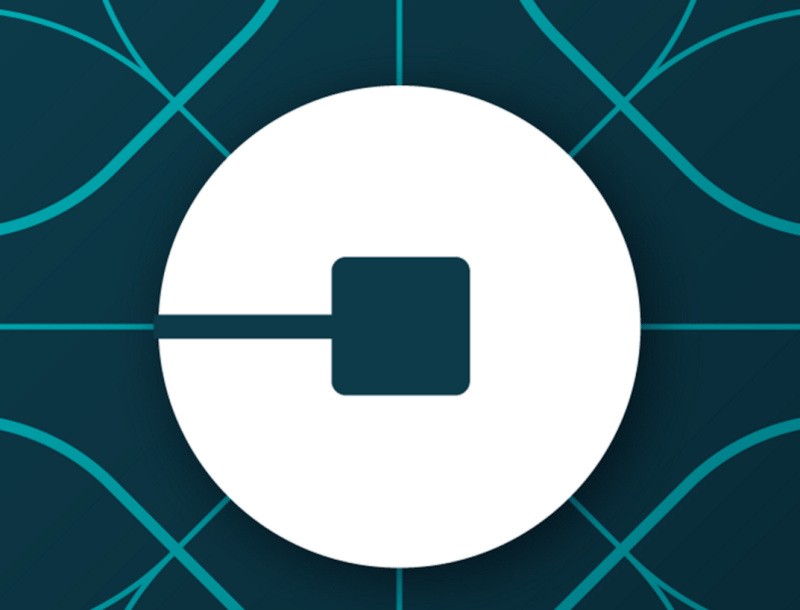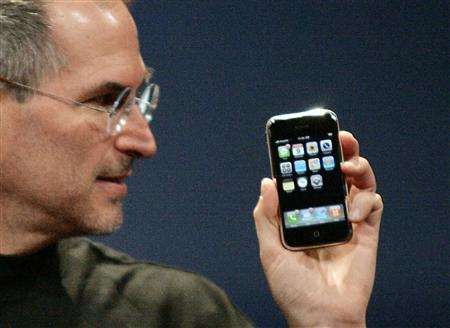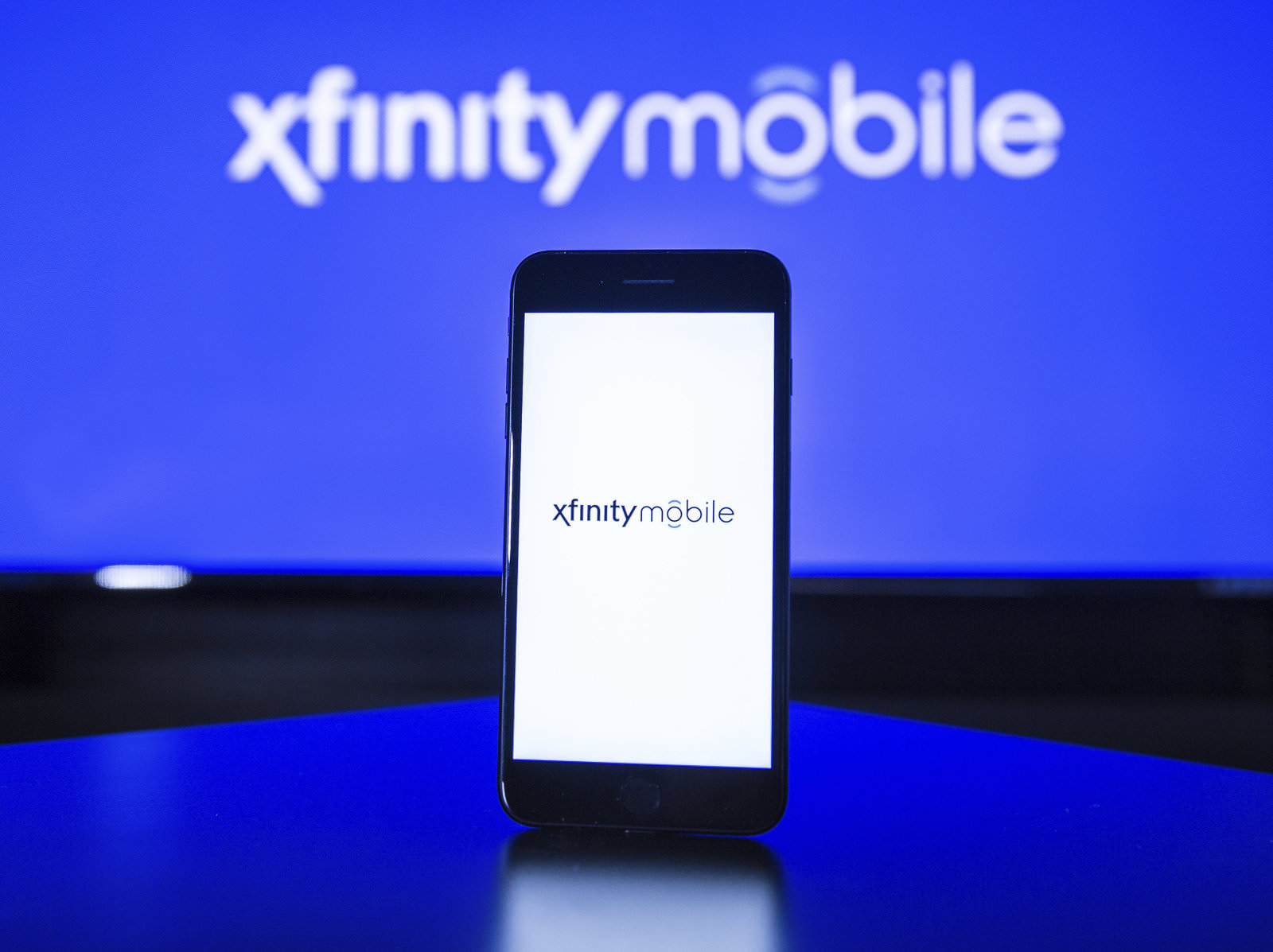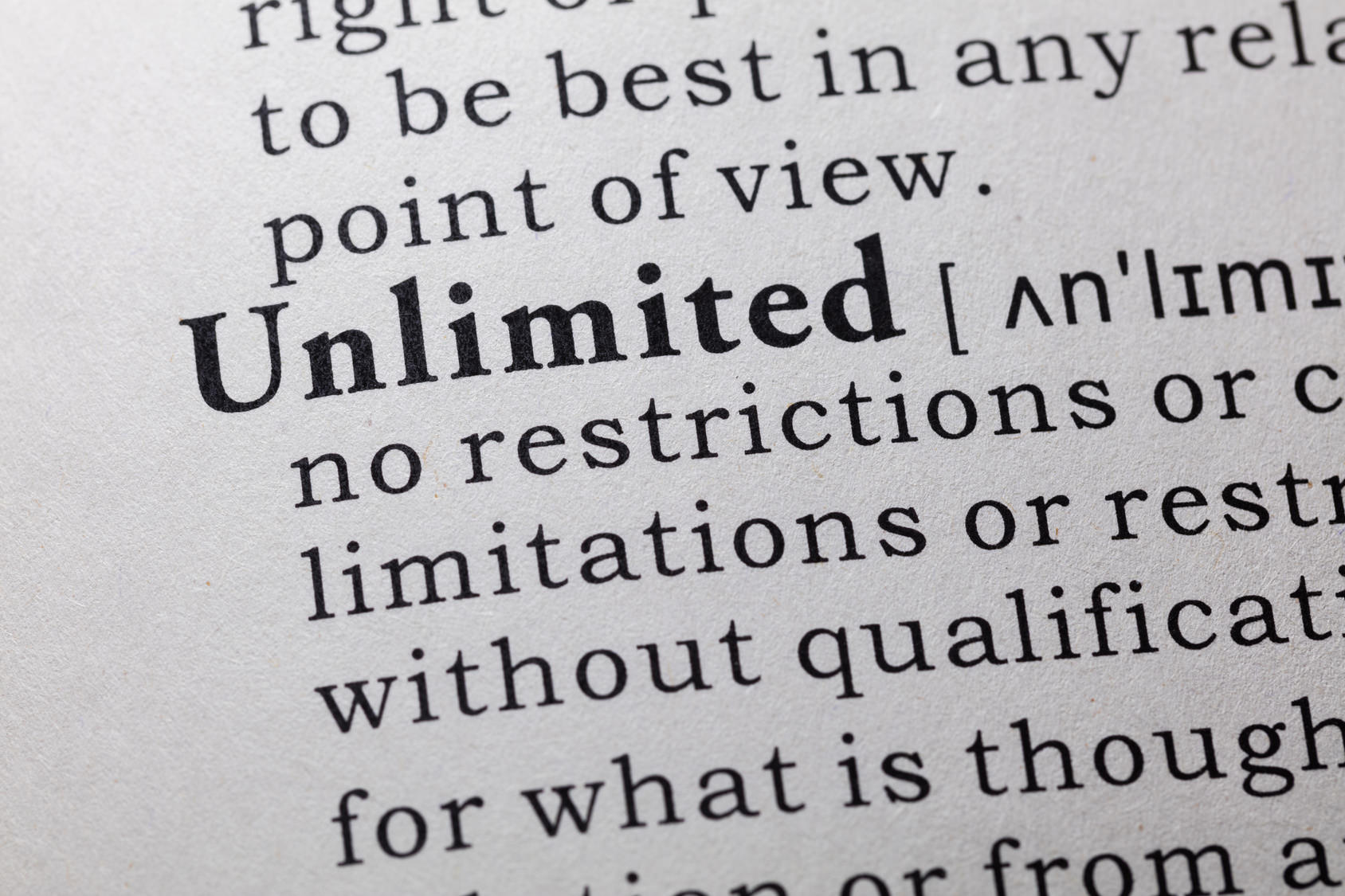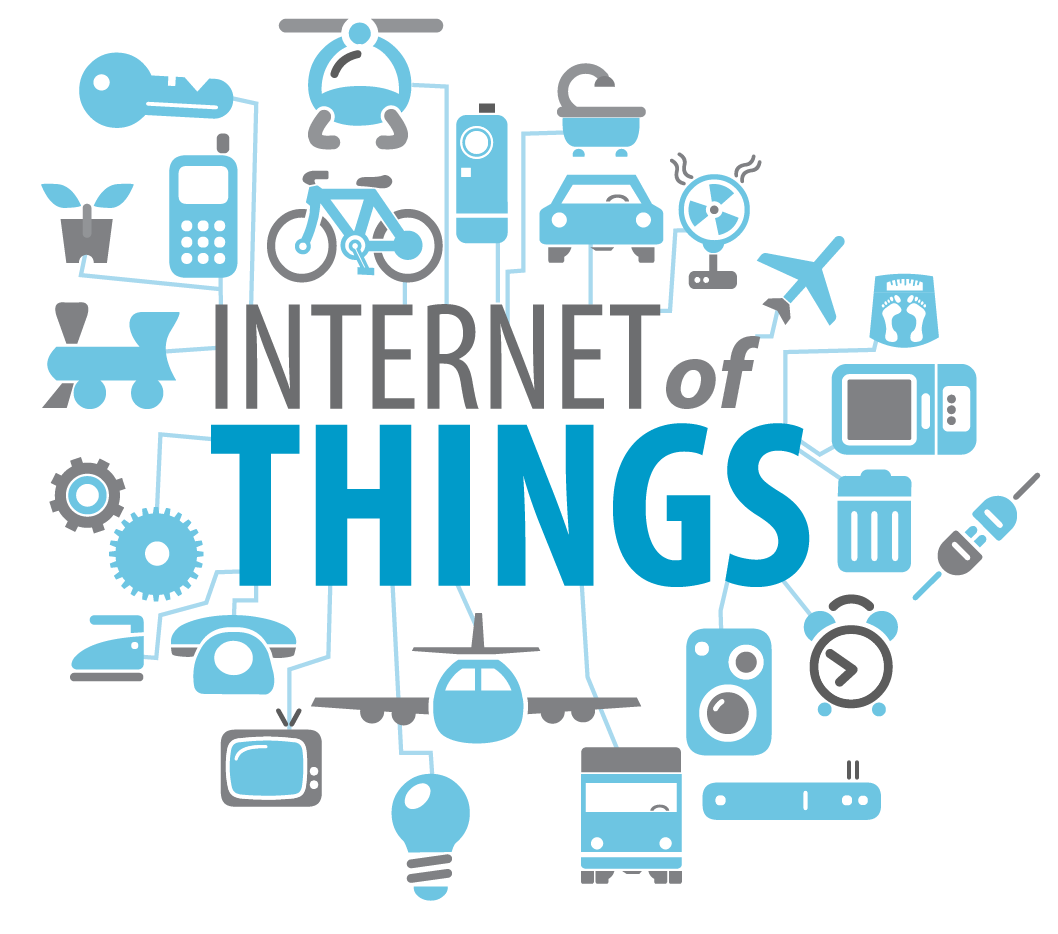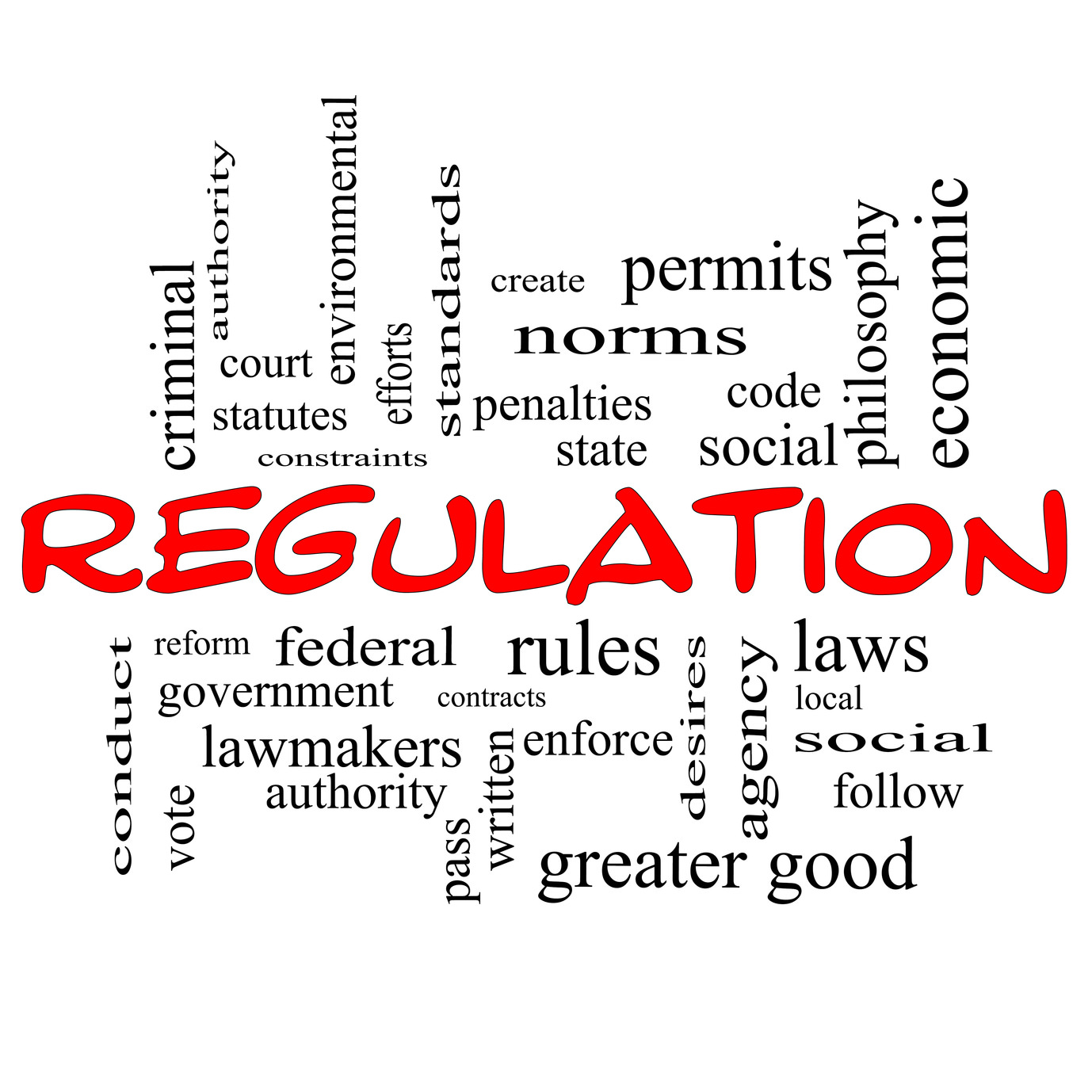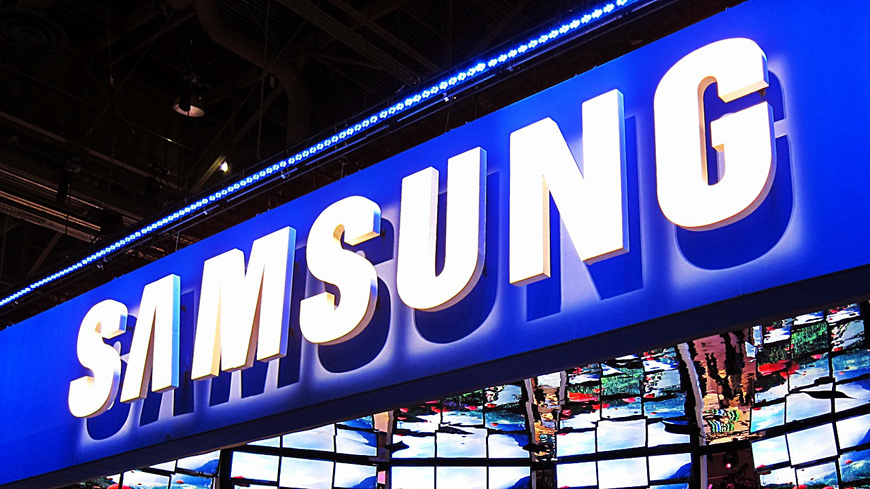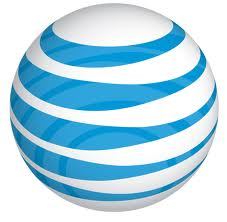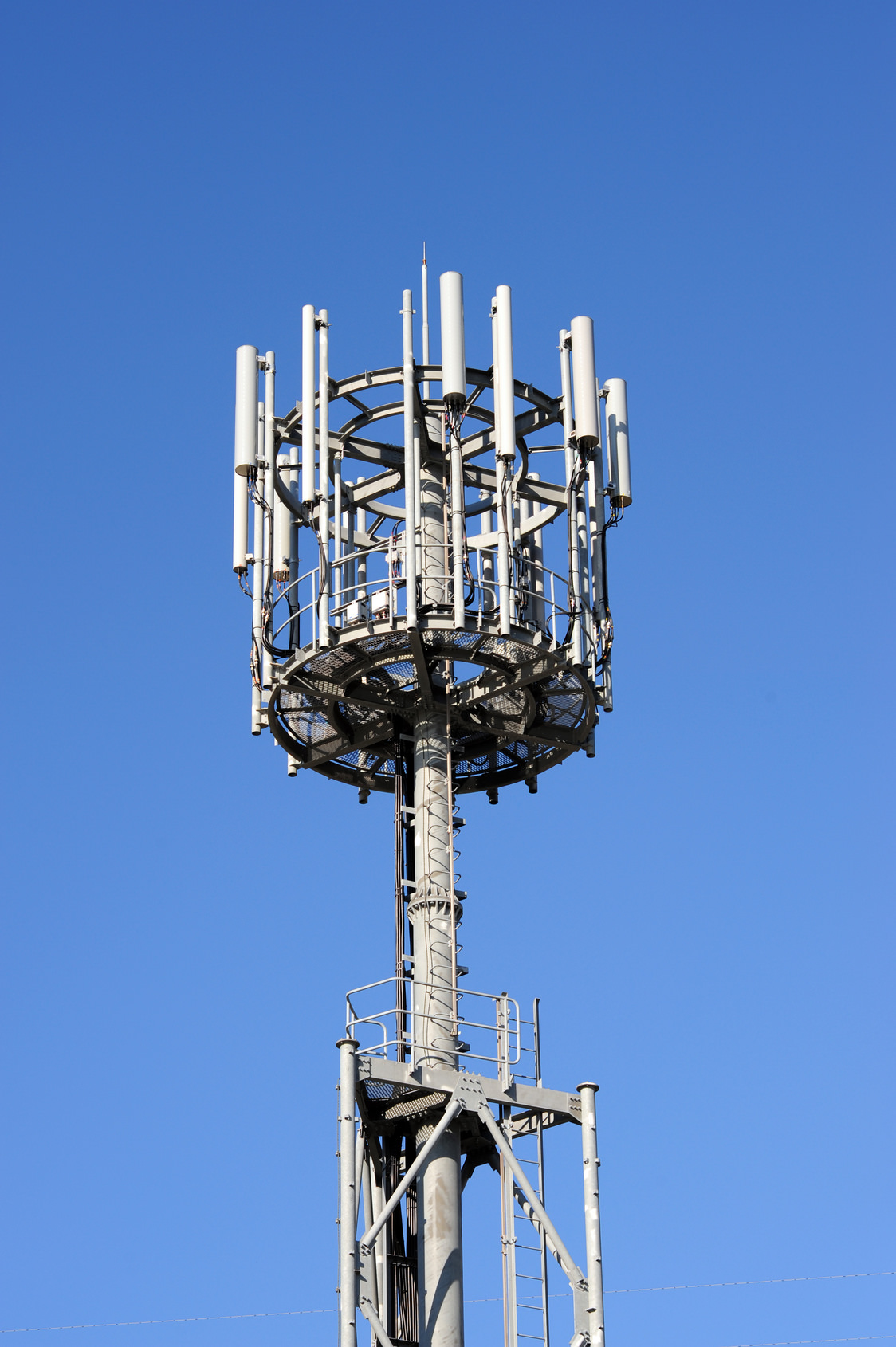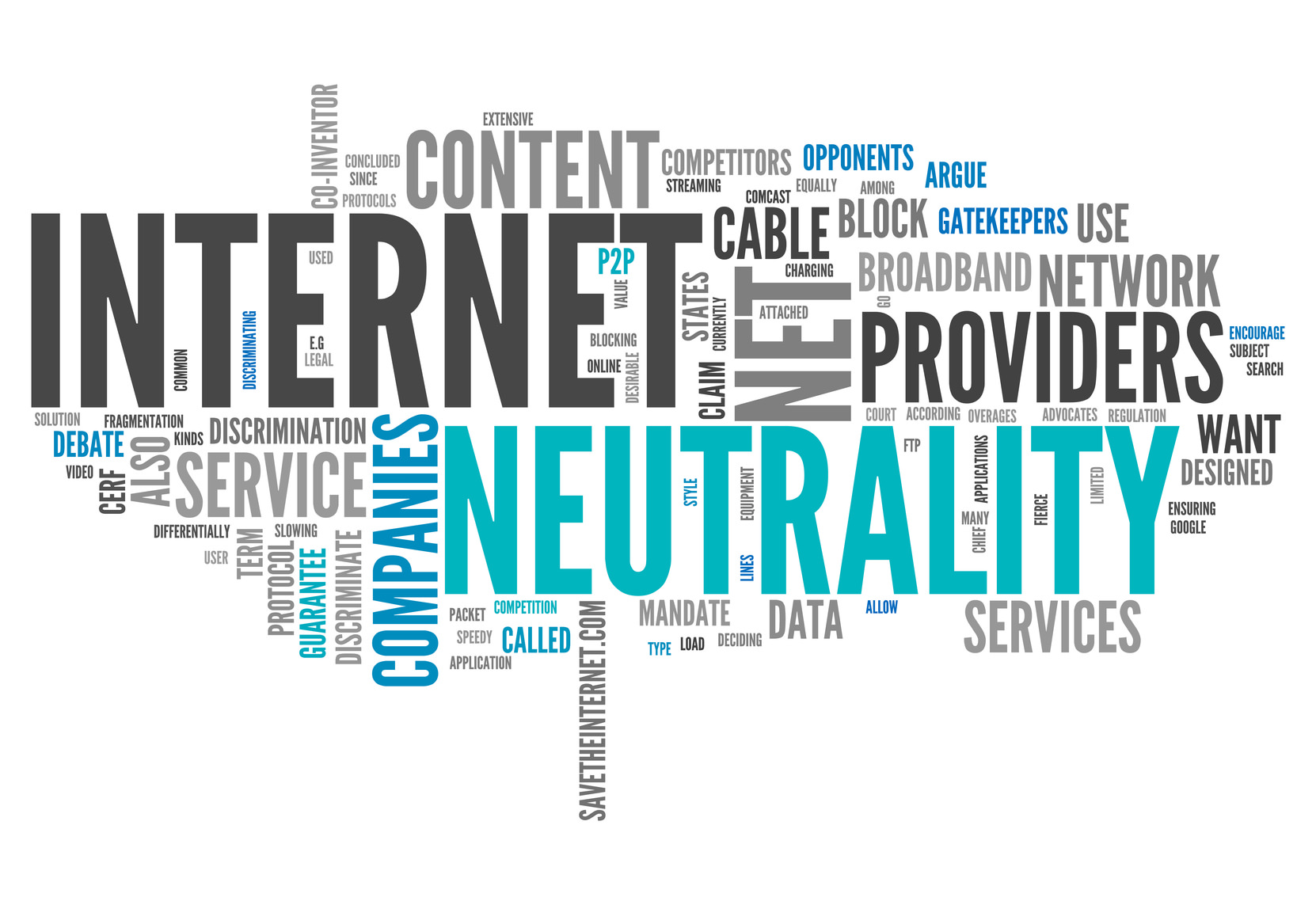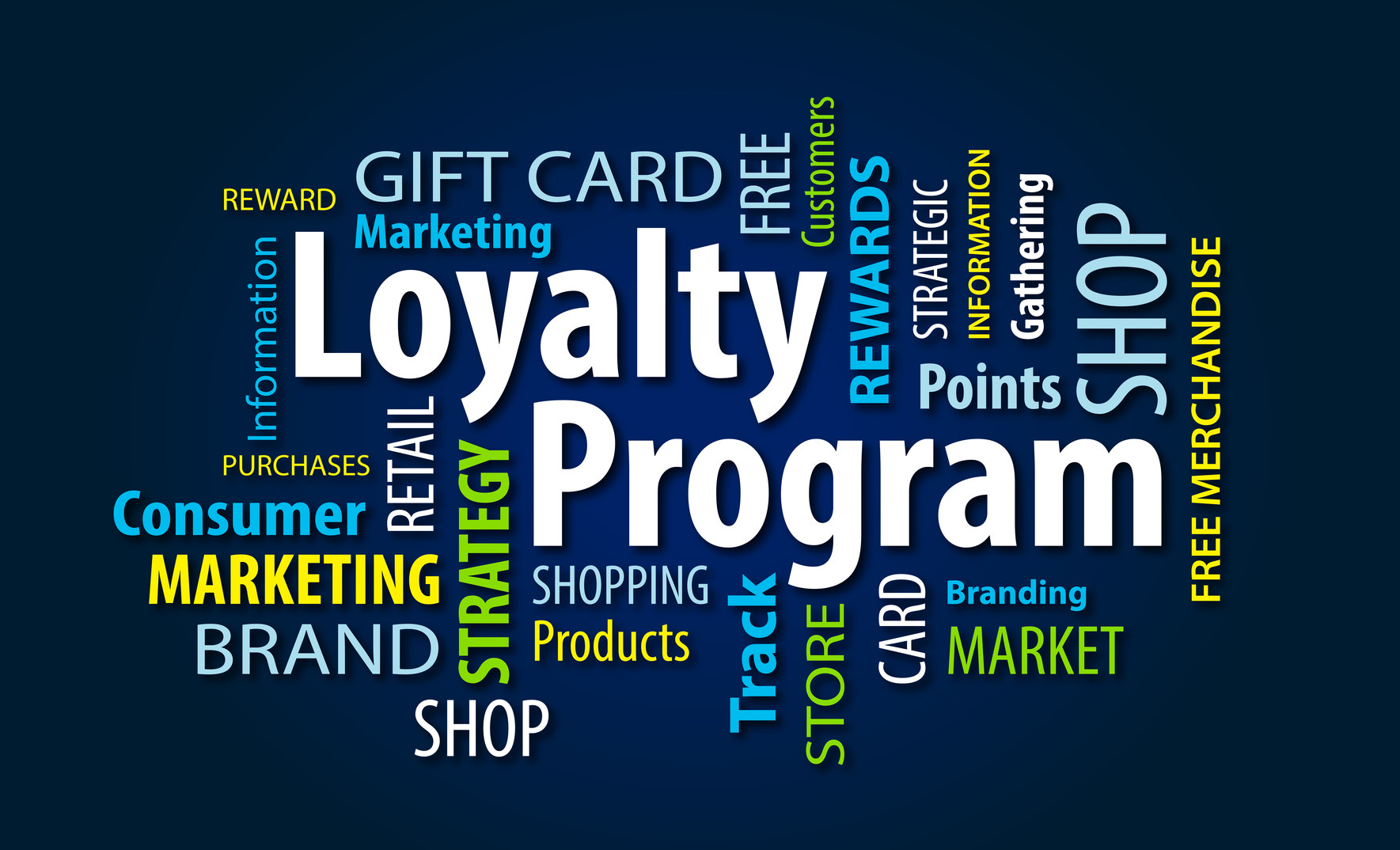The news has been aflutter this week with announcements by both Comcast and Charter that they plan to enter the wireless business as Mobile Virtual Network Operators (MVNOs). For the wireless historians among us, this is cable’s third run at the wireless business over a 20-year span.
The question is, do Comcast and Charter have a chance in an already competitive and saturated wireless market? Well-respected equity research analysts at New Street Research have looked at this in depth and concluded cable could capture some 10% or more of the wireless market. I see some important hurdles and am a little less optimistic.
The idea of a Wi-Fi centric MVNO is to offer a less expensive plan by offloading a significant amount of traffic from the cellular network. Voice, texts, and data default to Wi-Fi, with cellular acting as a ‘backup’. Cable’s particular advantage is the millions of private and public Wi-Fi hotspots they have deployed over the past several years as part of the “Cable Wi-Fi” initiative. In Comcast’s case, there are some 15 million hotspots, including residential access points broadcasting a second, ‘public’ SSID. They have also deployed a core network to support residential and business fixed line telephony service. Their ‘Wi-First’ service, as I call it, would theoretically deliver attractive margins for their wireless business. Adding wireless as part of the bundle that includes broadband, pay TV, and even fixed line phones, makes for a compelling value proposition, in their view.
Now, this is not the first attempt at a Wi-Fi centric MVNO. Republic Wireless and Google’s Project Fi are the two leaders in the United States, with one million or so subscribers between them, according to our estimates. There have also been some failures, notably Scratch Wireless and Cablevision’s Wi-Fi only Freewheel service.
There has been substantial progress in the Wi-First experience over the past couple of years. Republic Wireless has developed a lot of intellectual property around the idea of “Adaptive Coverage”, which dynamically and seamlessly switches between cellular and Wi-Fi, even on the same call, always searching for the optimal signal. Google’s principal and important contribution with Project Fi is the ability to dynamically choose the best connection between Sprint and T-Mobile (its MVNO partners), in addition to Wi-Fi. Work done by the cellular operators on Wi-Fi Calling and VoLTE have also made Wi-Fi more viable.
Cable’s prospects in wireless come down to five fundamental questions, in my view.
1. Progress on Usability
Cable has its work cut out for it if they plan on leveraging Wi-Fi hotspots into a quality wireless service. The “Cable Wi-Fi” experience, which leverages indoor and outdoor hotspots to provide subscribers with Wi-Fi coverage outside the home, has been fraught with usability challenges. My personal experience (and that of many others I’ve talked to) with Xfinity Wi-Fi is that the phone automatically attaches to any Xfinity hotspot it sees, even if the signal is weak or the AP is functioning poorly, often resulting in a service that simply doesn’t work on cellular or Wi-Fi, with the added insult of draining the battery. Heard of ‘airplane mode’? I call this ‘purgatory mode’. In fact, many customers say they’re forced to turn off Wi-Fi when outside the home so their phone doesn’t get stuck on a cable Wi-Fi access point.
I wrote about this issue two years ago and, unfortunately, I have seen little progress. Since this is a feature the cable companies provide for free to their broadband subscribers, it isn’t mission-critical. But if they’re going to start charging $30 or more a month for an add-on wireless service, significant improvements need to be made on usability.
2. iPhone Must Be Part of the Offer
Wi-First services have historically been available on a limited number of purpose-built Android devices. This has started to change as a result of the evolution of the Android OS. Most newer Android phones can now support Wi-First services without a lot of custom configuration, which has led to an expansion of device choices from companies such as Republic Wireless.
The elephant in the room, however, is iPhone. Historically, Apple has chosen not to support Wi-First services and does not provide the equivalent configuration tools as the Android crowd. I believe any cable company foray into wireless must support iPhone. It might not be necessary for a niche player such as Republic but, if you’re the cable guy, you’ve gotta support the device that commands nearly 50% of the U.S. smartphone market. The good news is Apple does not have to do anything particularly special to support, say, a Comcast wireless service. This is not a Brian Roberts-Tim Cook level discussion. However, there are lots of things Apple could do to make the service work better, from a usability and subscriber experience perspective, on the scale of what Apple and T-Mobile have done to make Wi-Fi calling a good experience. Additionally, I’d imagine that, since cable has little retail presence, they might rely on Apple for distribution to a certain extent.
3. Is the Business Model Viable?
Do not expect a deeply discounted wireless service from your cable company. Much as subscribers might like to complain about the cost of their wireless service, per-gigabyte data prices have come down markedly over the past three years. $40-50 basically gets you unlimited voice & text, plus a substantial chunk of data. And $35-40 gets you a pretty competitive pre-paid plan. It’s hard to see cable undercutting that substantially. Yes, their goal is to have some 75% of traffic on Wi-Fi, which would provide for a less expensive offering. But even though they have an MVNO deal with Verizon, that doesn’t necessarily mean they’re getting fantastic wholesale pricing. So any substantial data usage on the cellular network will come at a premium.
Roaming is another issue. Remember that cable companies, despite their size, are still regional players. Does Comcast want to support heavy out of market use on cellular?
Another pro-cable argument is that, even if wireless is a break-even proposition or a loss leader, it’s part of a larger bundle, which contributes to long-term subscriber value, especially in an era of declining margins for pay TV. I get that. The question is whether wireless is ‘worth the trouble’ as a bundle add-on if it’s not successful as a standalone business.
4. Why Would A Subscriber Switch to Cable?
I think it is going to be tougher for the cable companies to get subscribers to switch than they think. Postpaid wireless industry churn is already in the 1% range, in a competitive four carrier market. We’ve already established that cable wireless services aren’t likely to be deeply discounted. Also under-recognized is the fact that some 50% of U.S. wireless subscribers are on some sort of family or shared usage plan, many of whom are also enmeshed in some form of equipment installment plan, with upgrade opportunities and aggressive promotional offers around iconic device launches. This all makes it tougher to get customers to switch to a company that, let’s face it, they don’t exactly love.
Content could be another form of differentiation. One could certainly see a situation where a cable subscriber can get TV content extended to mobile devices, as part of their service plan. Comcast especially, with its NBC Universal and other content assets, could put some pretty compelling packages together.
The fact is, however, that a lot of this already exists in the industry. Comcast subscribers can already get a fair chunk of content on mobile, through the excellent Xfinity app. They can even download DVR content for offline viewing. AT&T is already being aggressive in this domain, offering unlimited data plans to subscribers who have both AT&T and DirecTV, and zero-rating DirecTV content for AT&T subscribers. Cable companies will have a hard time competing with zero rating or unlimited data plans on cellular, since they don’t own their own network. So it’s hard to see a truly unique value proposition related to content as part of an MVNO.
One opportunity in cable’s court is value-added services. Their IMS core and role in fixed telephony provides the basis for some potentially compelling rich communications services involving wireless. I could see small business being a target here.
5. What About Successes in Europe?
There have been several successful Wi-First forays by cable companies in Europe. I’d argue it’s different here. First, most of Europe’s cities have a high population density, making them easier to cover with Wi-Fi. Second, because of the SIM-centric culture there, switching between providers with the same phone is more fluid. Third, wireless services are more expensive, which improves the Wi-First value proposition. And fourth, we consume a lot more data on cellular, which affects the economics.
A final wildcard is whether the cable entry into wireless is predicated upon eventually having their own network of some sort. Comcast is participating in the 600 MHz auction, so there’s that. There’s a lot of activity in the unlicensed band (LTE-U, MulteFire, etc.), which will result in more seamless cellular/Wi-Fi services over time. There’s also a chance cablecos could be involved in some sort of consolidation involving Sprint and T-Mobile, as has long been speculated.
I am more optimistic cable could play a role with at least a partial facilities-based network. They would have more control over pricing, handset relationships, and distribution. Their other assets would be a greater value-add. So, perhaps a limited scale MVNO is an important first step.
